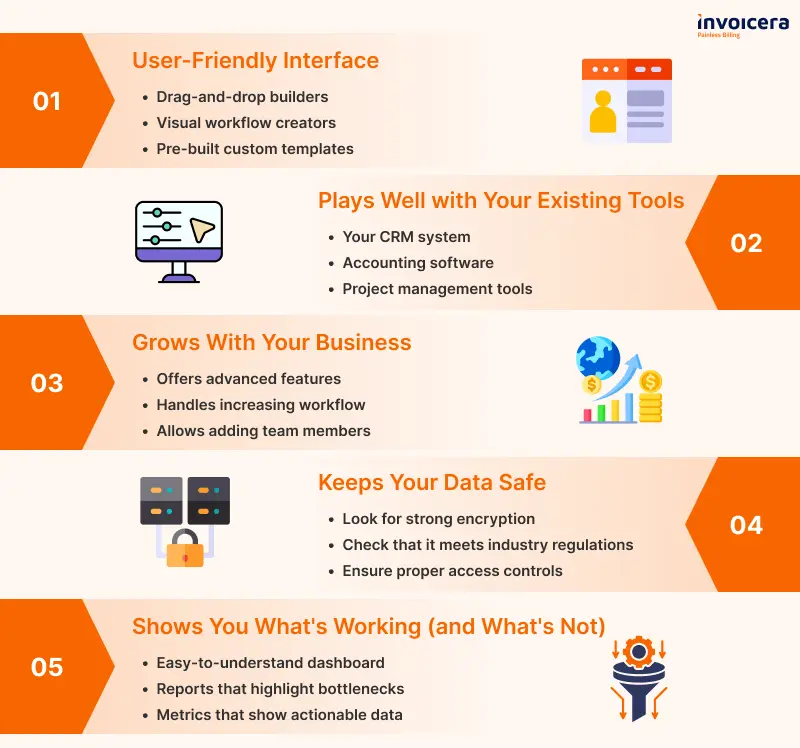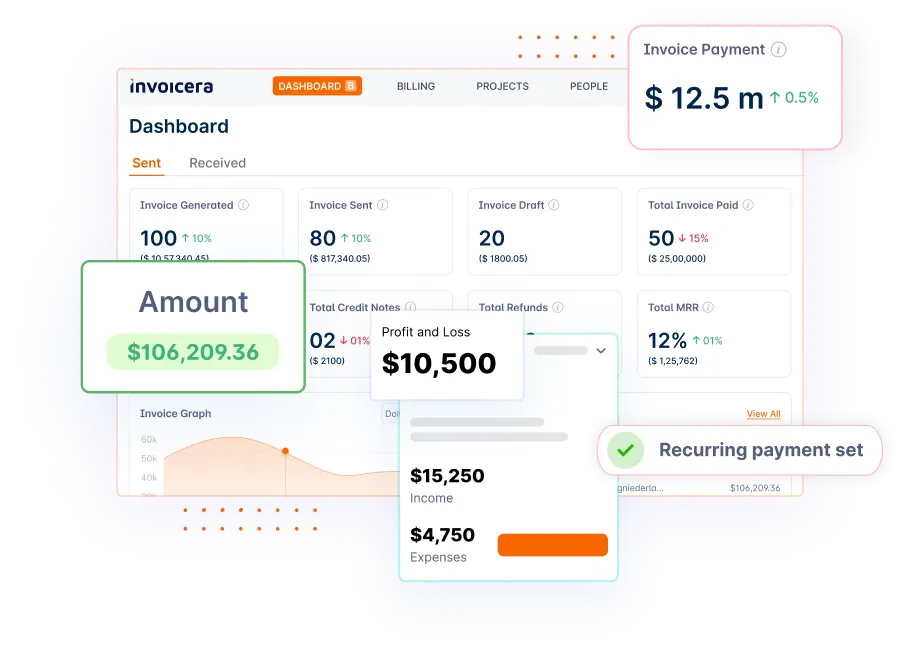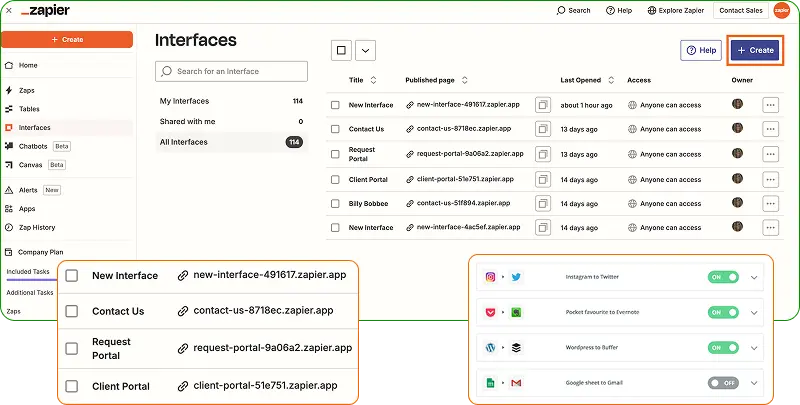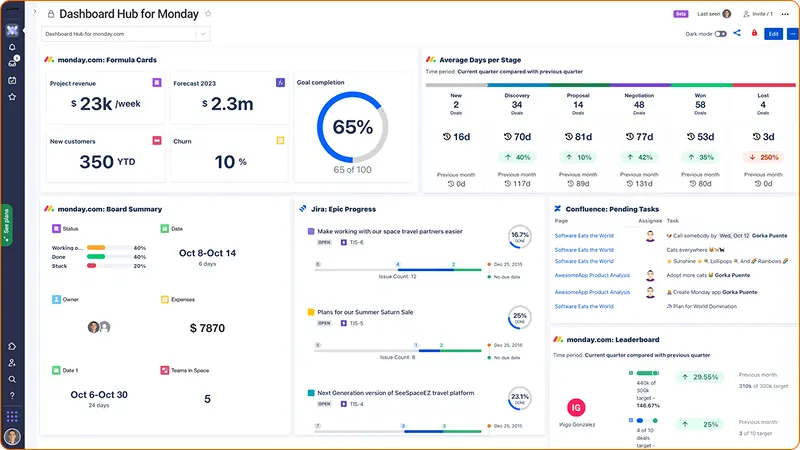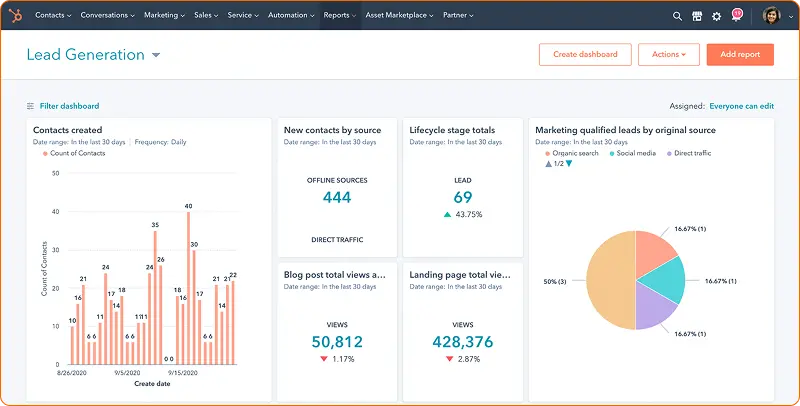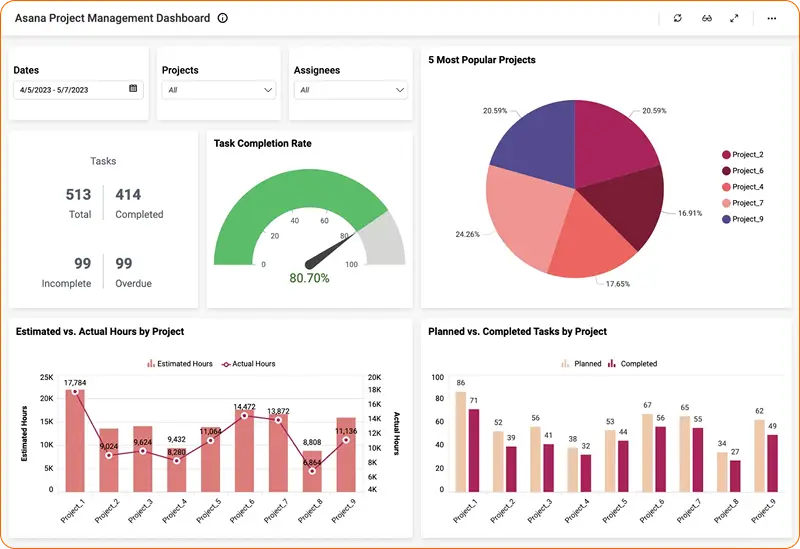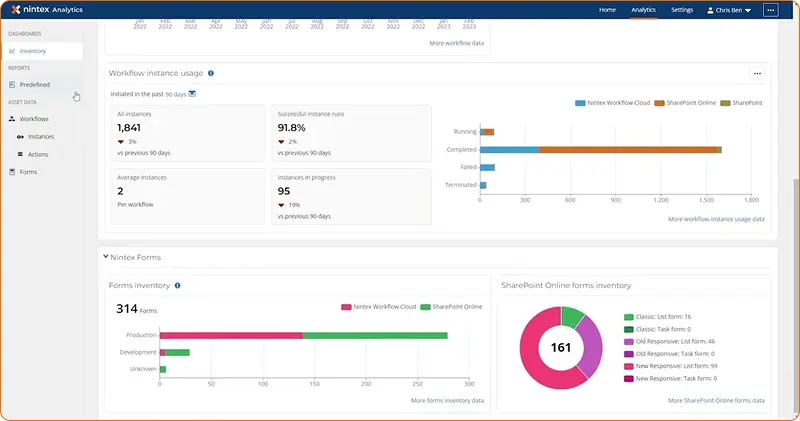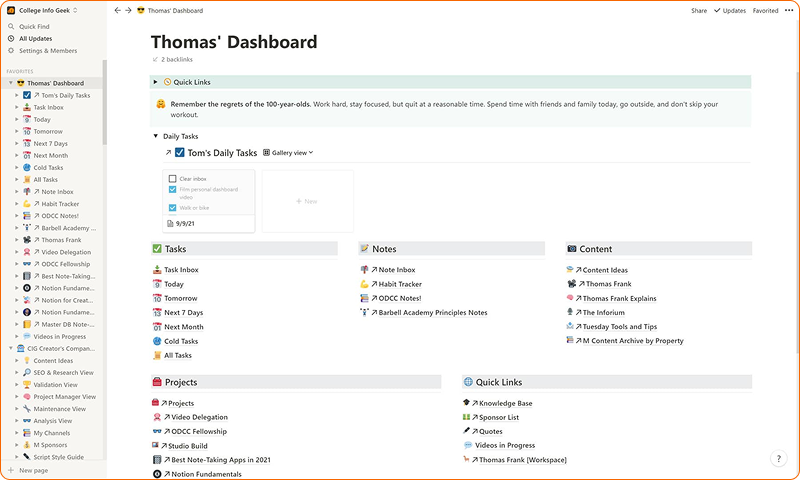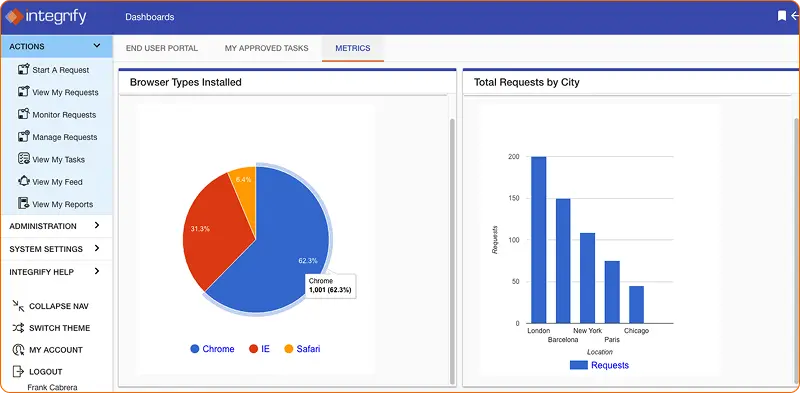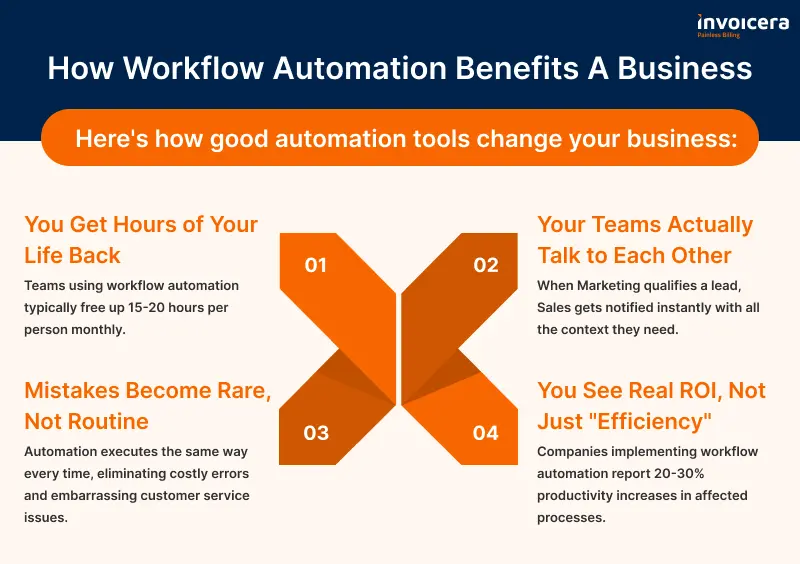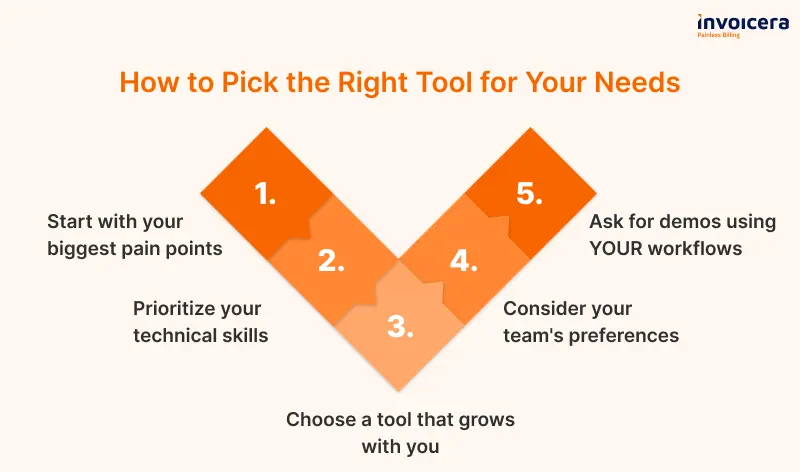Let’s face it – we’re all drowning in repetitive tasks. The good news? Workflow automation software can be your lifeline.
Whether you run a startup or manage a large company, automating those tedious day-to-day tasks will:
- Save you countless hours
- Cut down on silly errors
- Boost your team’s productivity
Moreover, the workflow automation market is expected to reach USD 71.03 billion by 2031.
But here’s the catch – there are numerous workflow automation software in the market, which makes selecting the right one overwhelming. But we’ve done the job for you. Ahead in the blog lies the list of the best workflow automation solutions that can transform your business operations in 2025.
What to Look for in Workflow Automation Software
Top 10 Workflow Automation Tools
Here’s a quick look at the top 10 workflow automation software.
1. Invoicera
Invoicera goes beyond just sending invoices – it streamlines your entire financial process.
Why you’ll love it:
- Automatically generates invoices
- Sends payment reminders
- Automates your billing workflow from quote to payment
Where it falls short:
- Works best for financial tasks, less versatile for other areas
- Mobile app needs improvement
- Takes time to set up complex approval chains
2. Zapier
Zapier connects over 5,000 apps without making you write a single line of code.
Why you’ll love it:
- Connect Gmail, Slack, Trello, and thousands more startup tools
- Set up your first automation in under 10 minutes
- Huge template library for common workflows
Where it falls short:
- Free plan limits you to basic automation
- Costs climb as you add more complex workflows
- Sometimes, it lacks advanced “if this AND that” logic options
3. Monday.com
Monday.com makes workflow management visually appealing and intuitive.
Why you’ll love it:
- Color-coded boards make tracking progress simple
- Intuitive UI
- Tons of templates help you start fast
Where it falls short:
- So many features it can overwhelm new users
- Need higher-priced plans for the best automation features
- Can get cluttered in very large organizations
4. Kissflow
Kissflow handles enterprise-level workflow needs without requiring coding expertise.
Why you’ll love it:
- Manages thousands of workflows without breaking a sweat
- Controls who can see and do what with precision
- Tracks changes to workflows for compliance purposes
Where it falls short:
- Premium pricing matches its enterprise focus
- Needs dedicated staff for implementation
- Some customizations require technical help
5. HubSpot Operations Hub
If you already use HubSpot, Operations Hub supercharges your automation capabilities.
Why you’ll love it:
- Creates a single source of truth for customer data
- Syncs information between all your systems automatically
- Cleans and enriches your data without manual work
Where it falls short:
- Makes the most sense if you’re already in the HubSpot ecosystem
- Steep learning curve to use all its capabilities
- Less valuable as a standalone tool
6. Asana
Asana eliminates the administrative overhead of tracking work and keeps projects moving forward.
Why you’ll love it:
- Shows dependencies between tasks visually
- Automates meeting scheduling and prep work
- Generous free plan for small teams
Where it falls short:
- Need to upgrade for the best automation features
- Not ideal for document-heavy workflows
- Limited financial process capabilities
7. Nintex
Nintex excels at transforming paper-based processes into efficient digital workflows.
Why you’ll love it:
- Handles complex document routing and approvals
- Strong e-signature and compliance features
- Creates dynamic forms that adapt as you fill them
Where it falls short:
- Requires training to implement effectively
- Higher setup costs than self-service options
- Complicated pricing structure
8. Notion
Notion, formerly Automate.io, delivers excellent capabilities without breaking your budget.
Why you’ll love it:
- Clear, straightforward pricing
- Easy-to-build multi-step workflows
- Responsive customer support at all plan levels
Where it falls short:
- Fewer app connections than Zapier
- Limited advanced branching options
- Fewer enterprise-grade features
9. Flokzu
Flokzu makes sophisticated process management accessible through a pure cloud approach.
Why you’ll love it:
- Quick implementation with minimal IT involvement
- Access workflows from anywhere
- Unique pay-as-you-go option
Where it falls short:
- Less suitable for customized needs
- Limited offline capabilities
- Smaller integration ecosystem
10. Integrify
Integrify handles demanding approval workflows and compliance processes with robust controls.
Why you’ll love it:
- Creates bulletproof audit trails
- Outstanding compliance reporting
- Handles exceptions and special cases
Where it falls short
- Takes longer to learn than simpler tools
- Higher price point reflects compliance capabilities
- Less suited for creative workflow needs
How Workflow Automation Benefits A Business
Here’s how good automation tools change your business:
- You Get Hours of Your Life Back
Teams using workflow automation typically free up 15-20 hours per person monthly. - Your Teams Actually Talk to Each Other
When your marketing agency qualifies as a lead, the sales team gets notified instantly with all the context they need. - Mistakes Become Rare, Not Routine
Automation executes the same way every time, eliminating costly errors and embarrassing customer service issues. - You See Real ROI, Not Just “Efficiency”
Companies implementing workflow automation report 20-30% productivity increases in affected processes.
How to Pick the Right Tool for Your Needs
Wrapping Up
In 2025, automation isn’t just nice to have – it’s essential to stay competitive. The right workflow automation software frees your team from mind-numbing tasks and lets them focus on work that actually requires human creativity and judgment.
Whether you need something simple to connect your apps or a comprehensive system to manage complex regulatory workflows, this guide highlights your best options. Start small, see the benefits, and expand from there.
What repetitive task would you love to automate first? That’s your starting point for transformation.
FAQ’s
Ques. What is the best workflow management software?
- Zapier tops the best workflow automation software list for its no-code approach and 5,000+ integrations
- Monday.com excels for visual project management needs
- Kissflow serves enterprise-scale automation requirements
- Invoicera integrates automated billing software for financial teams
- Choose based on your specific requirements and technical expertise
Ques. Which tool can be used for automating workflows?
- Zapier – Connect apps without coding
- Automate.io – Budget-friendly top workflow automation software
- Nintex – Specialized for document-centric processes
- Invoicera – Incorporates time-based billing software
- Free workflow automation software options include Trello with Power-Ups
Ques. How is software automation improving efficiency?
- Business workflow automation software saves 15-20 hours per employee monthly
- Reduces manual errors by up to 90%
- Companies report 20-30% productivity increases with the best workflow automation tools
- Automated billing software cuts invoice processing time by 80%
- Improves cross-department collaboration through standardized workflows
Ques. What is the best program to create a workflow?
- Monday.com – Most intuitive visual workflow builder
- Zapier – Best for connecting existing tools without coding
- Invoicera – Ideal for financial workflows with time-based billing software
- Kissflow/Integrify – Enterprise-grade workflow creation capabilities
- Free workflow automation software like Trello works for basic workflow needs

